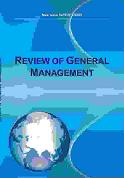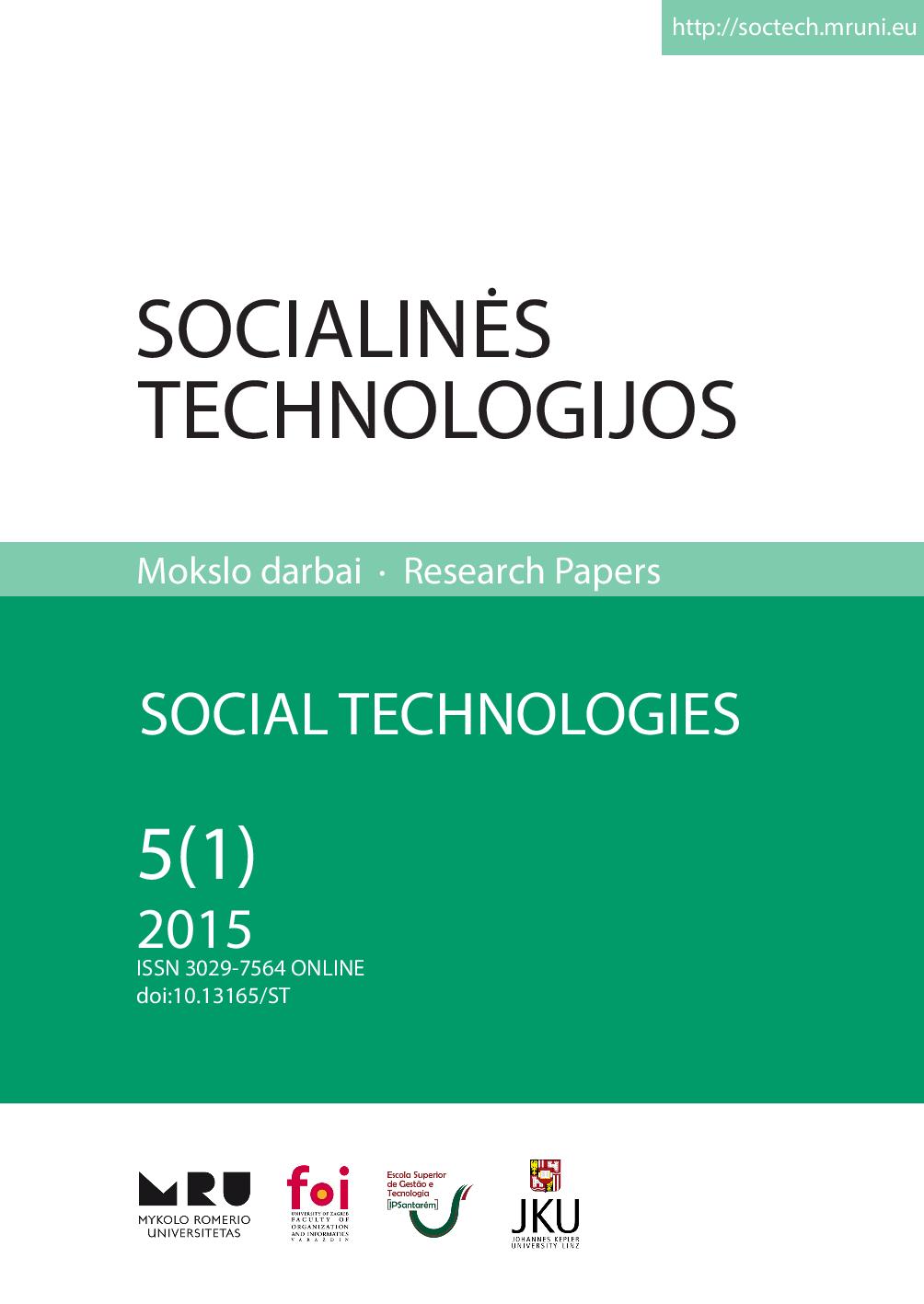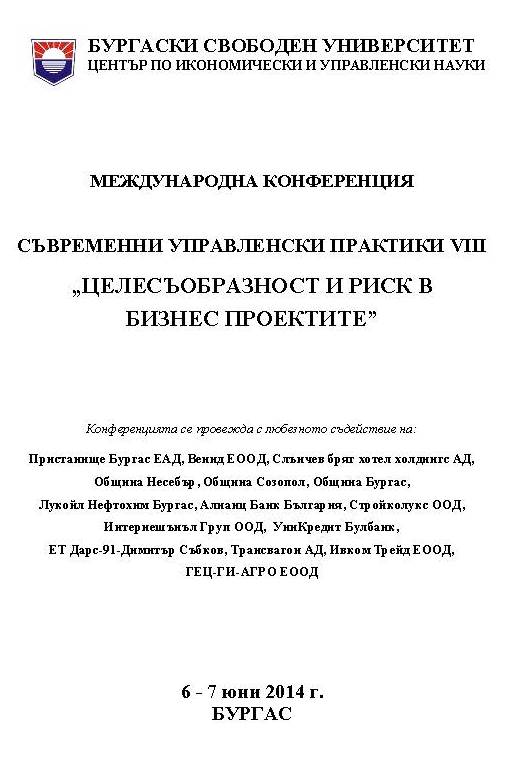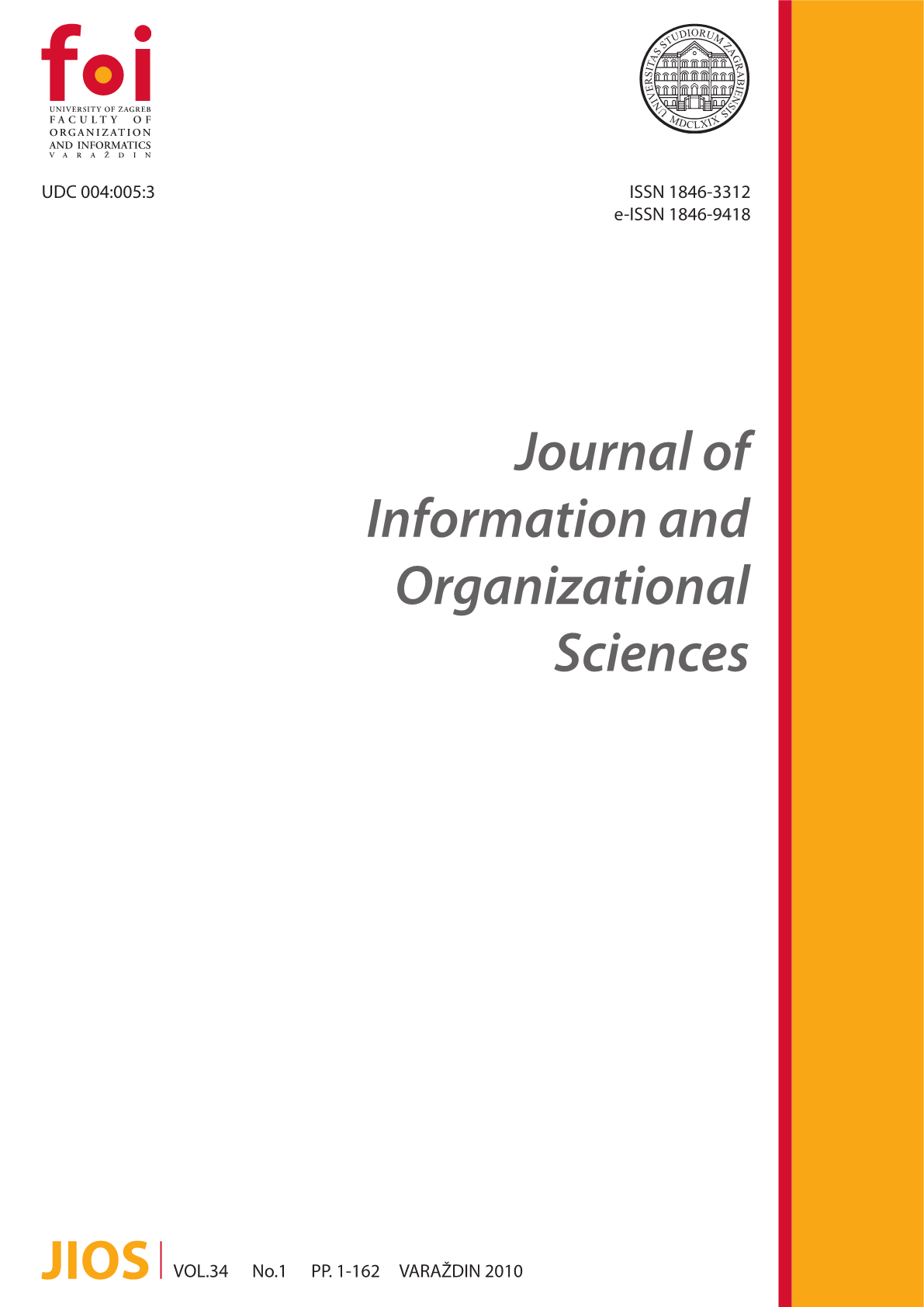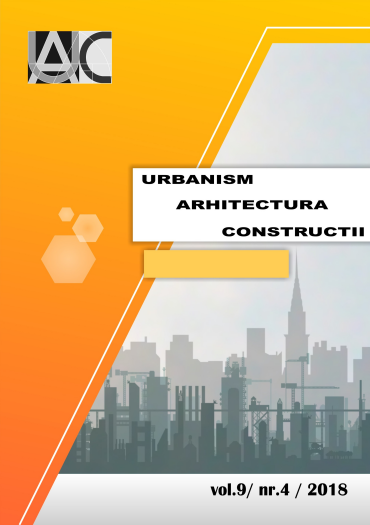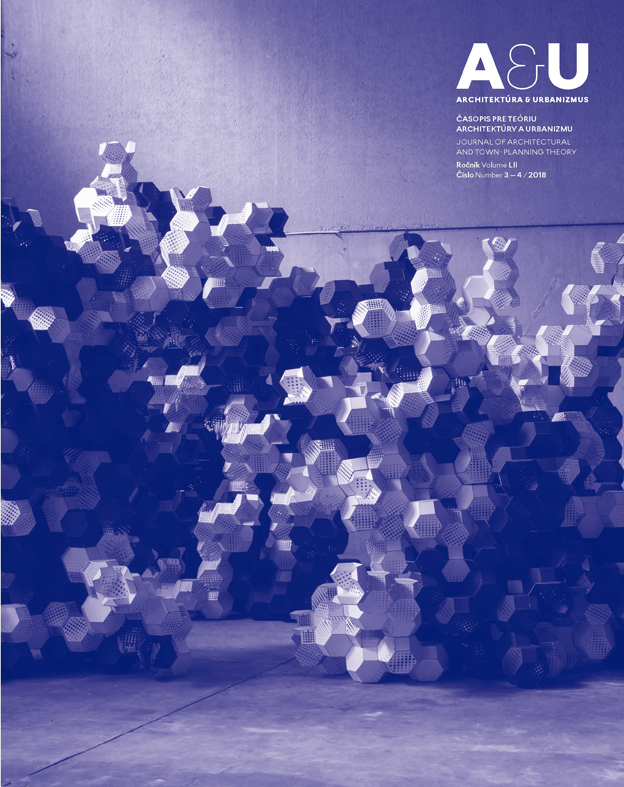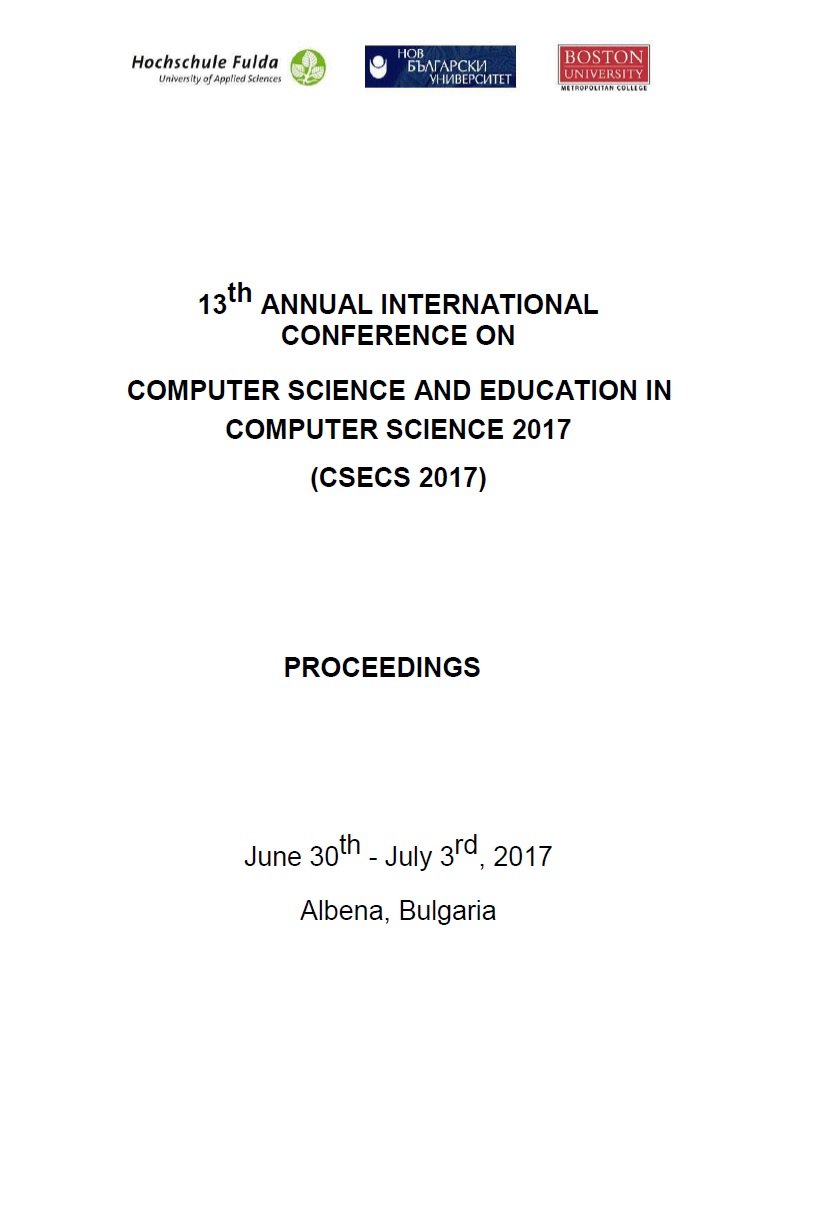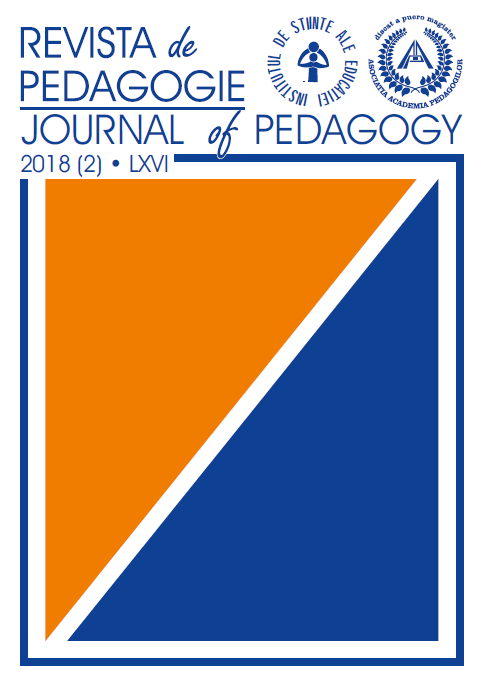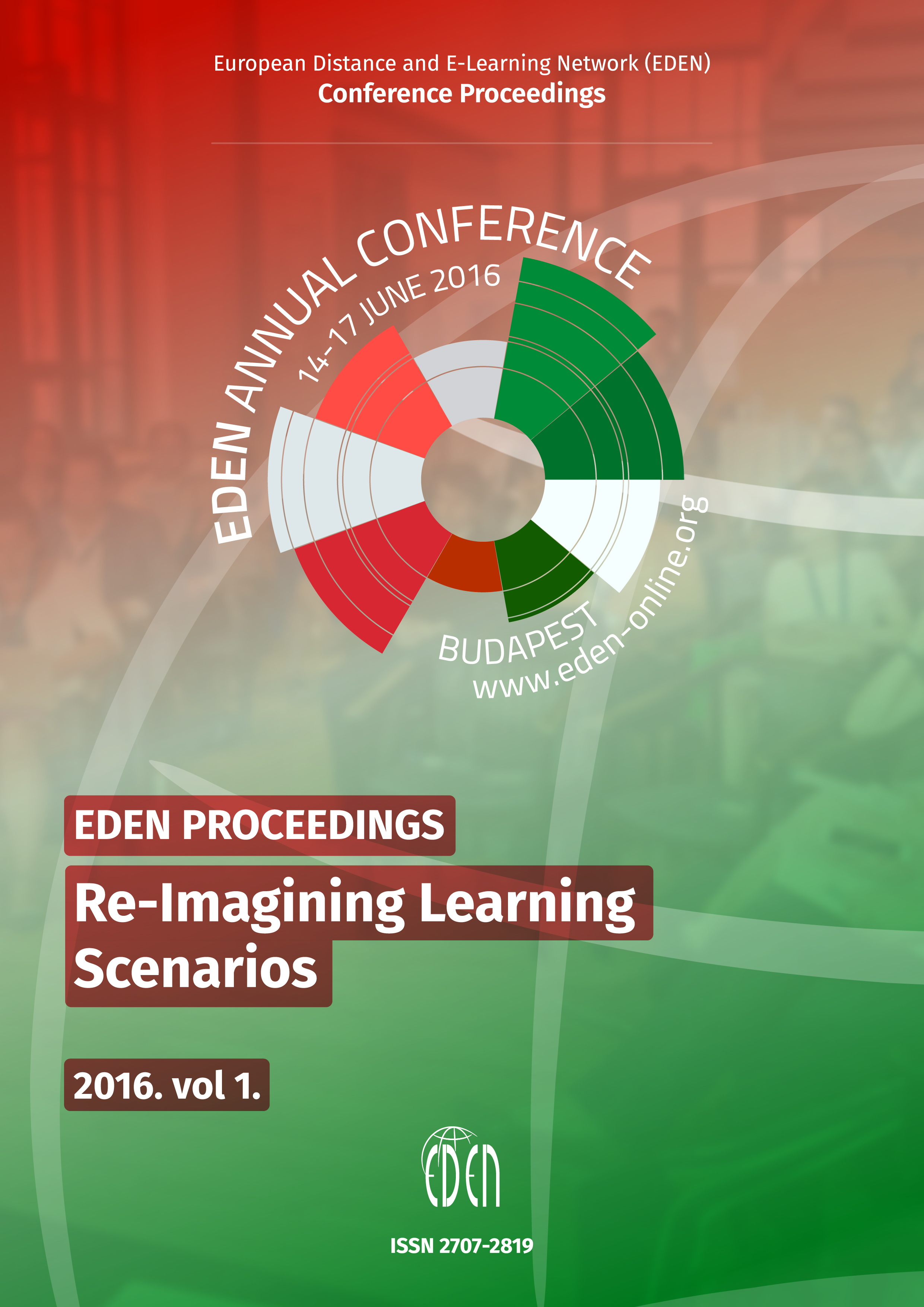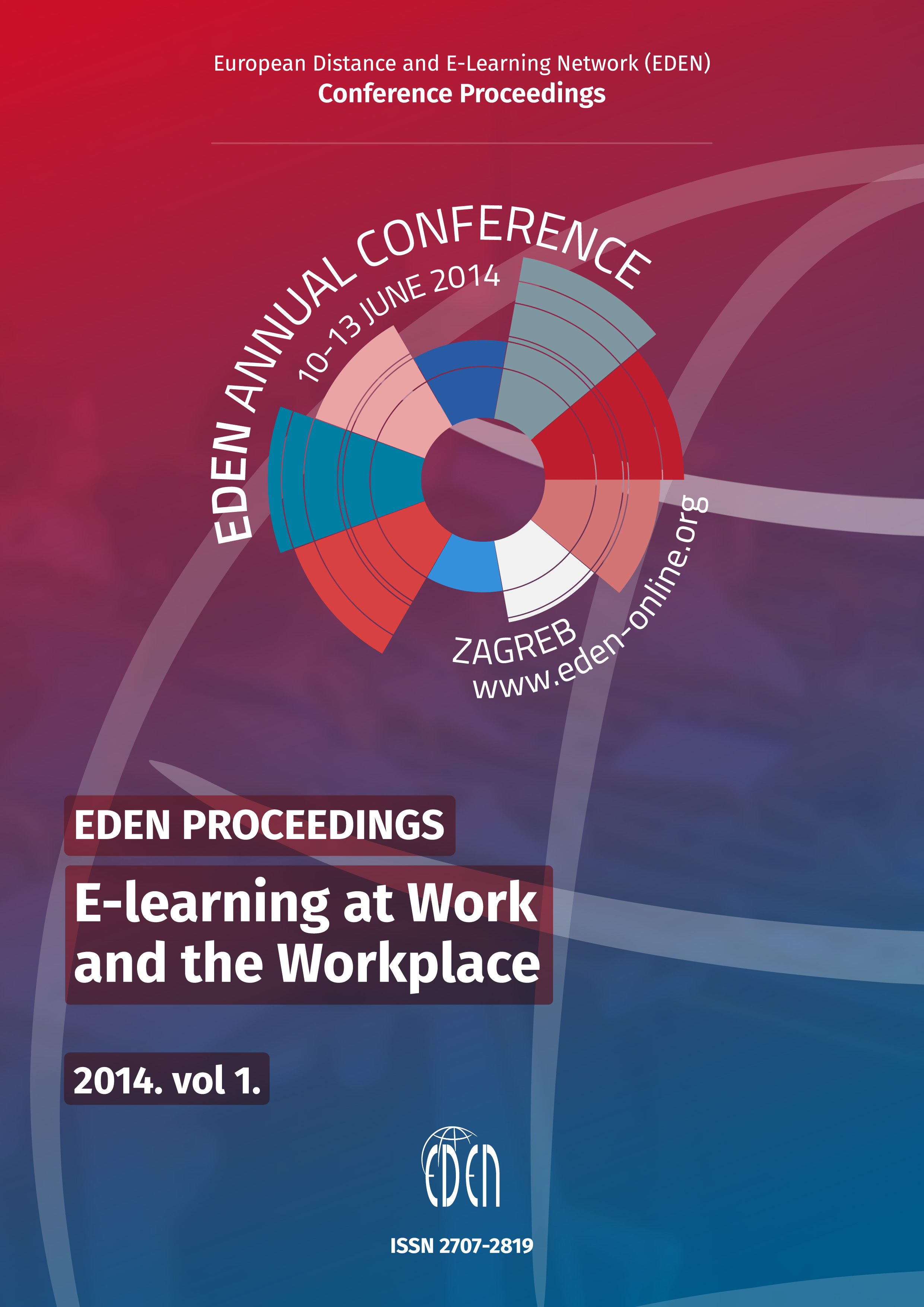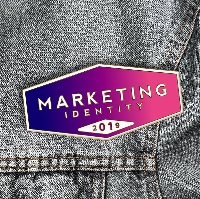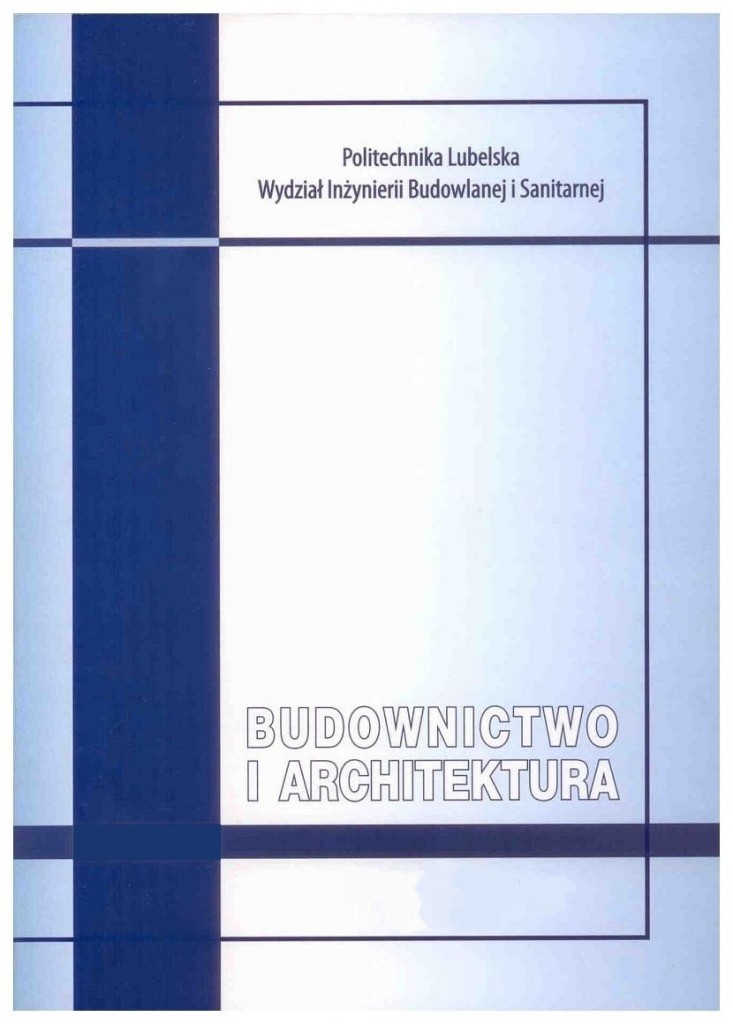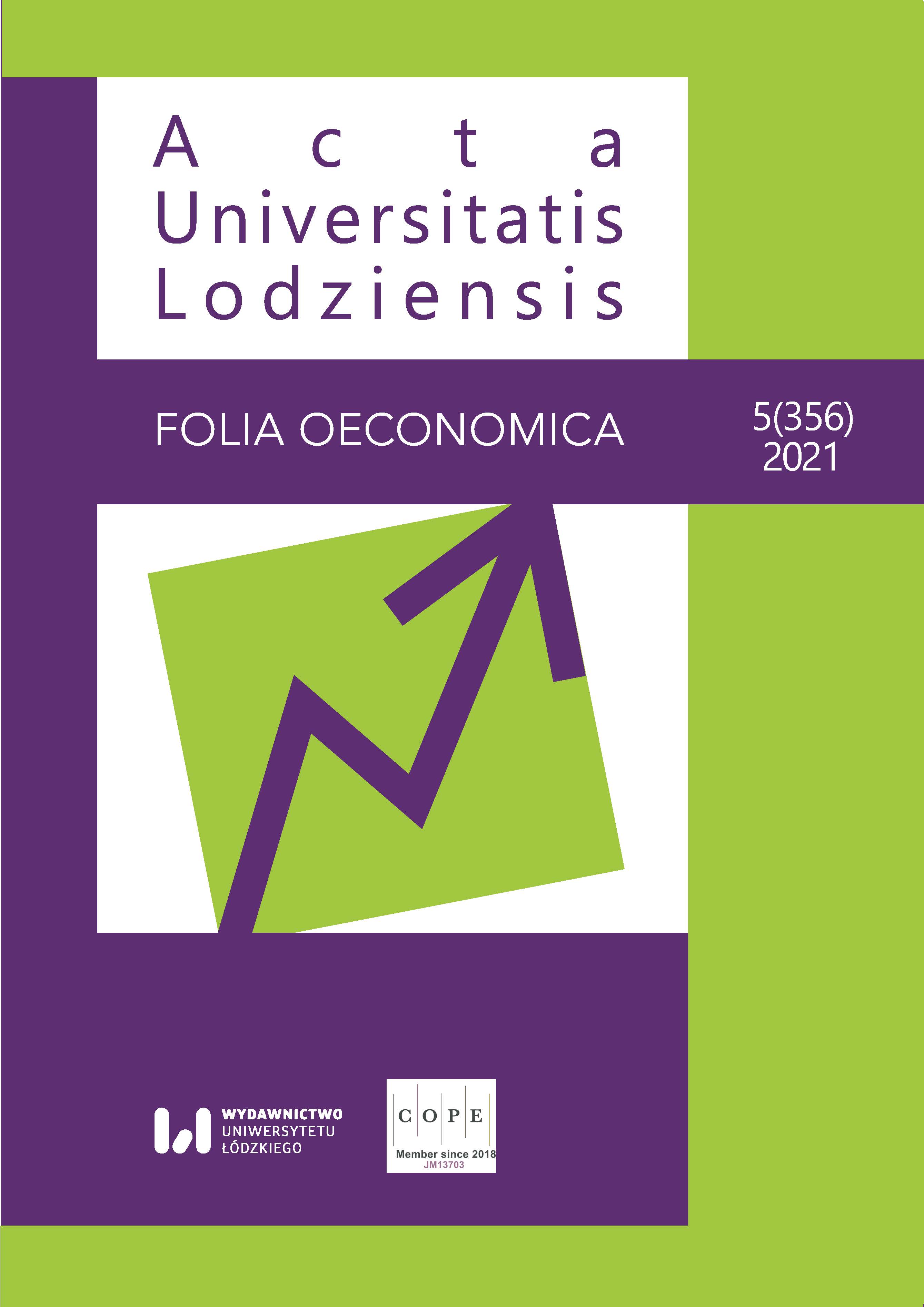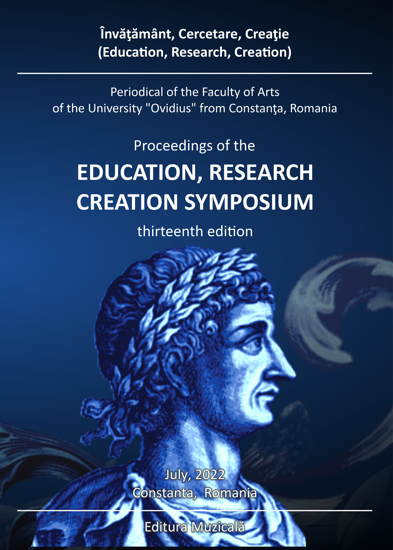THE EMANCIPATORY SYSTEMS APPROACH TO STRUCTURING THE COERCIVE ORGANIZATIONAL PROBLEMS
Author(s): Slavica P. Petrović / Language(s): English
/ Issue: 2/2016
Keywords: coercive management problem context; the emancipatory paradigm; the systems methodology; Critical systems heuristics; improving the stakeholders' position
The main research objective of this paper is to critically reassess the conceptual foundations, and methodological and methodical development of Critical Systems Heuristics (CSH) - as a relevant representative of the emancipatory paradigm - in order to determine the conditions, ways and achievements of its application in structuring the coercive management problems in organizations. The scientific instrumentarium corresponding to this research aim is critical systems thinking with its three key commitments to: a) critical awareness of the strengths and weaknesses of any research instrument - a theory, a methodology, a method, a technique, a model - for managing the problem situations, including CSH, as the emancipatory systems approach to management, b) improvement of structuring those coercive problems in organizations, in which the sources of coercion can be identified, and c) pluralism - respect the different perceptions and interpretations of problem situations in organizations, and enable the combined use of selected research instruments. The main research result is the knowledge that CSH - considering its conceptual foundations, and methodological and methodical development - enables to reveal the normative contents of the proposed designs of organizational systems, i.e. enables to identify the stakeholders who benefit from the proposed changes implementation. Based on this finding, it can be concluded that through the use of critically heuristic categories and dialectical debate between those involved and those affected by the designs, but who are not included in decision making, CSH endeavours to - in application - support the process of improving position of all stakeholders.
More...


